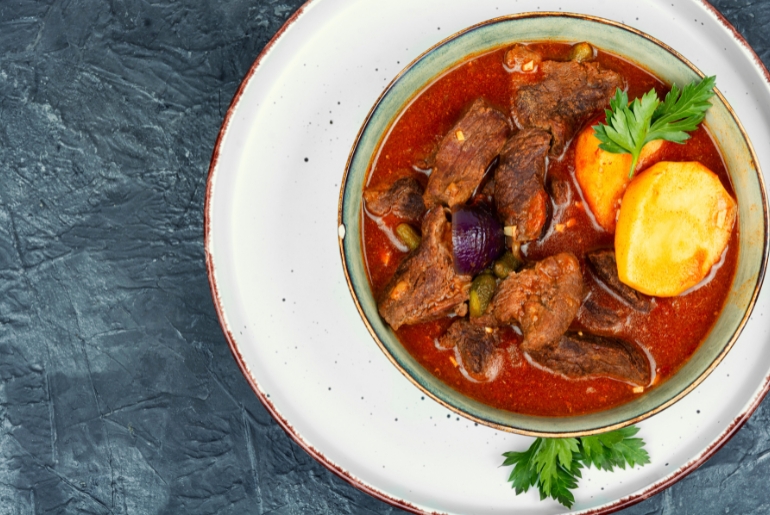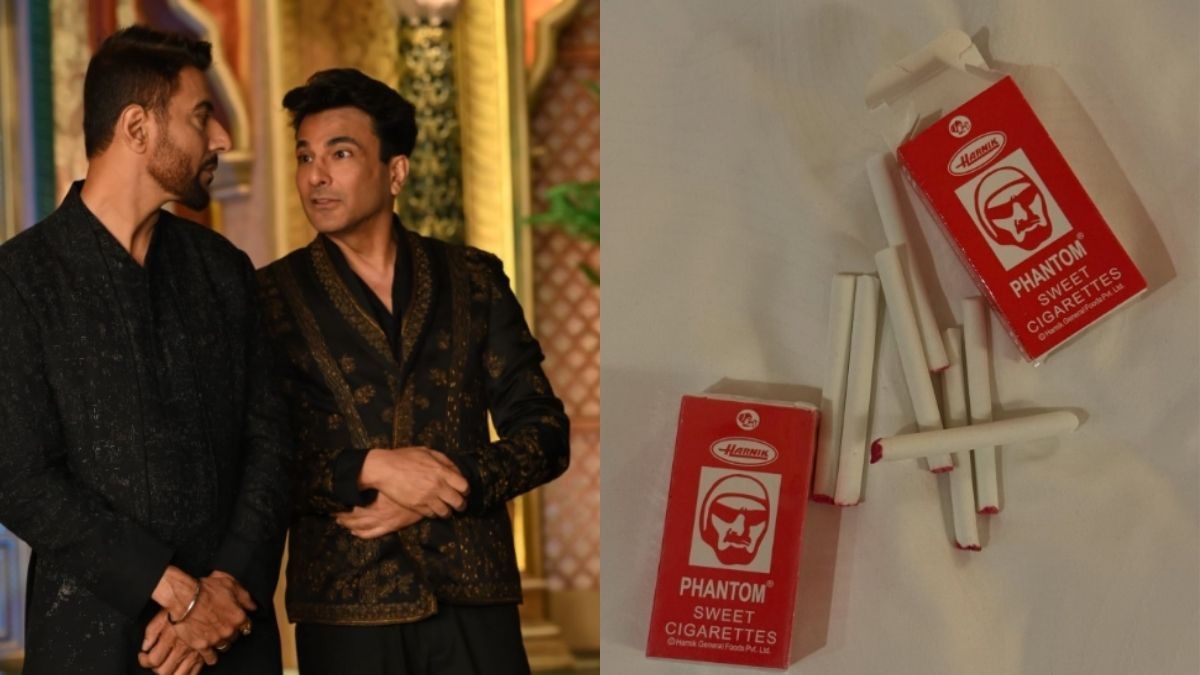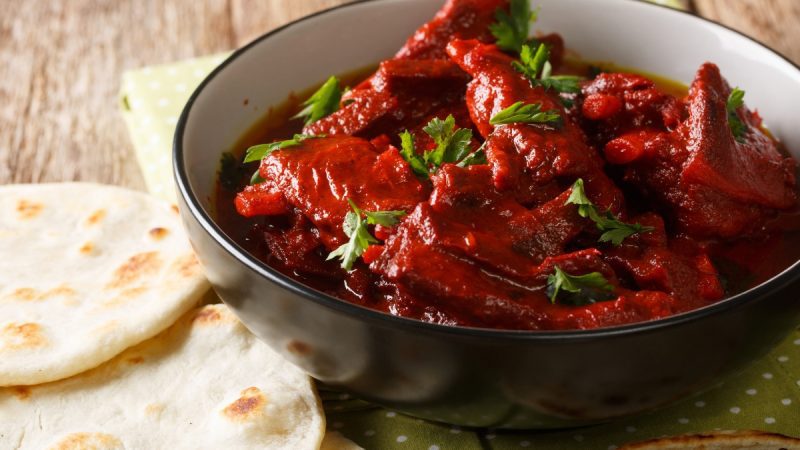Imagine a time when the thrill of the hunt wasn’t just about the chase but also the feast that followed—an opulent banquet where the finest game, fresh from the wild, was transformed into culinary masterpieces fit for kings. This is the essence of Rajasthan’s Shikaar cuisine, a remarkable culinary tradition that captures the valour and grandeur of the Rajput royals.
The Regal Flavours Of Rajasthan’s Shikaar Cuisine

The Shikaar cuisine of Rajasthan is a fascinating and deeply historical culinary tradition that echoes the grandeur and adventurous spirit of the Rajput royalty. Rooted in the state’s rich cultural tapestry, this cuisine emerged from the royal hunting expeditions, or “shikaar,” which were not only a sport but a significant aspect of Rajput life.
In the past, hunting was a revered activity among the Rajput royals, considered a demonstration of valour, skill, and nobility. The desert state, with its scarcity of water and vegetation, naturally led to a diet rich in meat, particularly game meat. Hunting expeditions were elaborate affairs, often beginning before dawn, with the royals and their entourage venturing into the wild to pursue game such as wild boar and rabbit.
In the royal kitchens, the khansamas, or royal cooks, were entrusted with transforming the freshly hunted game into exquisite dishes. These cooks were highly skilled and innovative. The recipes were closely guarded secrets, passed down through generations and rarely shared outside the palace walls.
From Wilderness To Royal Kitchens

One of the most iconic dishes that has survived this tradition is Lal Maas, a fiery red meat curry that is now synonymous with Rajasthani cuisine. Originally made with game meat, Lal Maas is now commonly prepared with mutton. The dish is characterised by its intense spiciness, achieved through the use of red chillies, and its tangy undertones from curd.
The Rajputs were known for their love of meat. However, the royal kitchens strictly forbade the overt use of meat, blood, or feathers within the palace. As a result, recipes like Kaleji Ka Raita—a mildly flavoured dish made by boiling liver with yoghurt—were developed. The yoghurt not only suppressed the strong flavour of the meat but also masked its odour, making it palatable and acceptable within the royal precincts.
With the advent of modern laws and the banning of hunting across India, Shikaar cuisine has seen a significant decline. The traditional dishes that once graced royal tables are now rarely prepared. Today, it is almost impossible to replicate the intricate and labour-intensive dishes of Shikaar cuisine, as the original game meats are no longer available and the culinary secrets of the royal kitchens are lost to time.
However, the legacy of Shikaar cuisine lives on in the modern kitchens of Rajasthan.
Cover Image Courtesy: Canva
For more such snackable content, interesting discoveries and the latest updates on food, travel and experiences in your city, download the Curly Tales App. Download HERE. First Published: August 20, 2024 12:28 PM




